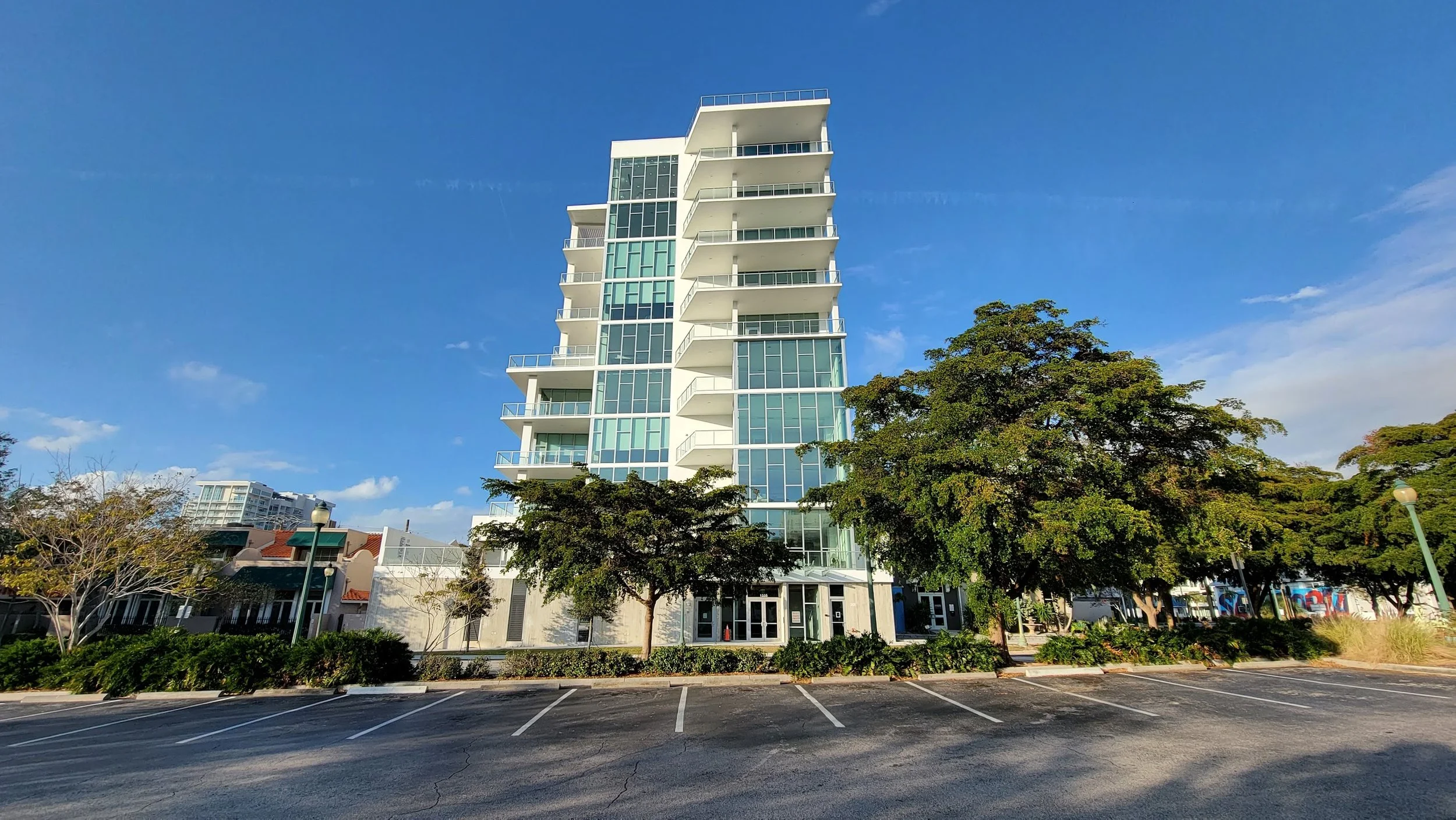The Power of Our Cities Is In Their Flexibility
Arian Horbovetz (Twitter: @Arianhorbovetz) is a Strong Towns member who blogs at The Urban Phoenix. This post is republished from his blog with permission. You can also check out the Urban Phoenix Podcast for more of Arian’s great work.
Wow, did our world ever change quickly. In this time of limited travel, bans on group gatherings and self-quarantines due to the COVID-19 virus, the fabric of what makes our cities great (togetherness, density, solidarity) is taking a real hit. Just as the tenants of centralized living and public transportation were starting to really gain momentum, this challenging viral variable has forced us to appreciate and maximize everything that keeps us apart, at least physically.
And it’s the right thing to do. If we want to transcend this deadly pandemic, we must take drastic action to minimize transmission. We will succeed. We will get there. But in the meantime, it’s gonna get a little weird.
In time, many will point to this pandemic as a reason to NOT embrace urban density and city living. The lasting effects of this virus, however long it impacts our social structure, will likely be a knee-jerk reaction to continue the sprawling isolation of our American residential life. No matter how unsustainable, impractical, socially detrimental and economically unsound this is, fear of another event such as this one will continue to be a strong motivator in the distancing of ourselves from one another.
Density, public transit usage and harmoniously shared social environments make cities incredible spaces for human interaction… unless of course you’re looking to contain a contagious virus, in which case, all the beautiful positives of urban life suddenly turn into nightmarish threats to public health. Subway turnstiles, railings on buses, and the guy that coughs on you while you’re waiting to cross the street…these can quickly turn an everyday commute into a petri dish of transmission. Surely, this will be part of the justification for suburban and rural sprawl going forward.
But the true power of our cities lies in their inherent flexibility. Those who normally take the subway in New York City are biking instead. People in our largest cities are self quarantining, limiting travel and contact and taking every precaution. Inspiring video of locked-down Italians singing from their windows and balconies is the pride of social media accounts around the globe. City residents are going to remarkable lengths across the planet to ensure containment.
Rancho Mission Viejo. Image Credit: Kruse Collins.
On the other hand, let’s look at a different life-altering scenario that might rear its ugly head in our lifetime. Imagine that one year from now we have adequately slowed the coronavirus via social distancing and public containment. Those who live in our most dense, transit-oriented urban environments made the appropriate social changes and halted the proliferation of this horrible virus. By avoiding large crowds, limiting group contact and halting travel, our city dwellers quickly adapted to the necessary restrictions in a successful effort to limit the mobility of COVID-19.
Now imagine a few years from now we experience a different kind of scenario—an oil shortage. Imagine if suddenly gasoline spiked to six, seven, and eight dollars a gallon. The seventy-six percent of Americans who drive an average of 16 miles each way to work would be spending nearly 10 dollars a day on gas just to get to and from their jobs. And while this might be a crippling blow to the financial well-being of suburban-dwelling American workers, the alternative options are limited at best.
Imagine if gasoline is not just expensive, but in short supply. For most suburbanites, public transit is not available, and hopping on a bike for three hours a day is simply not an option. Culs-de-sac in New York, sprawling suburban communities that are nowhere near stores or jobs in Florida, and everywhere automobile-centric communities are built would become islands. The distance normally traveled in minutes could become hours, with no reasonable alternative mobility modes.
The difference between cities and suburbs with regard to adverse public events can be summed up in my typical answer to the question I often get about biking in the cold. Follow me here.
I would much rather bike in the extreme cold than the extreme heat, simply because I can always add layers of clothing to keep warm. My response to cold, wind, rain and snow is highly scaleable. But in extreme heat, my options are limited. I can wear the lightest clothing and still not escape the harshness of the sun’s rays. On the hottest days, my options very limited.
Cities are far more “public” than suburbs, making normal use of transit and large gathering spaces very dangerous at a time like this. But residents can adapt by embracing other options such a cycling instead of public transit. Having a plethora of possible modalities and ways of life makes the urban experience scaleable. In contrast, a corresponding disruption to the normal flow of suburban life makes adaptation difficult, simply because options are limited, especially with regard to mobility.
Still, the laundry list of reasons for people to not embrace city life will no doubt have another bullet point, even after this is all over. But just like those apartment dwellers singing together from their porches in Italy, city lovers know that we are better together than we are apart—even if this solidarity means keeping our distance, for a while.
Top image credit: Dale Nibbe




A site in Asheville, NC, is subject to a new development proposal to build multi-family housing—and in today’s housing market, that should be a good thing. But is this development contributing to a larger problem?